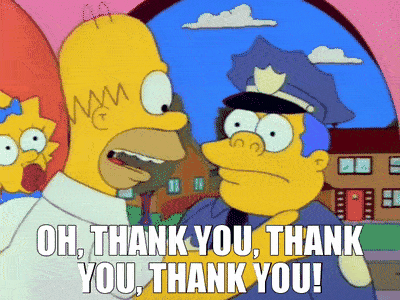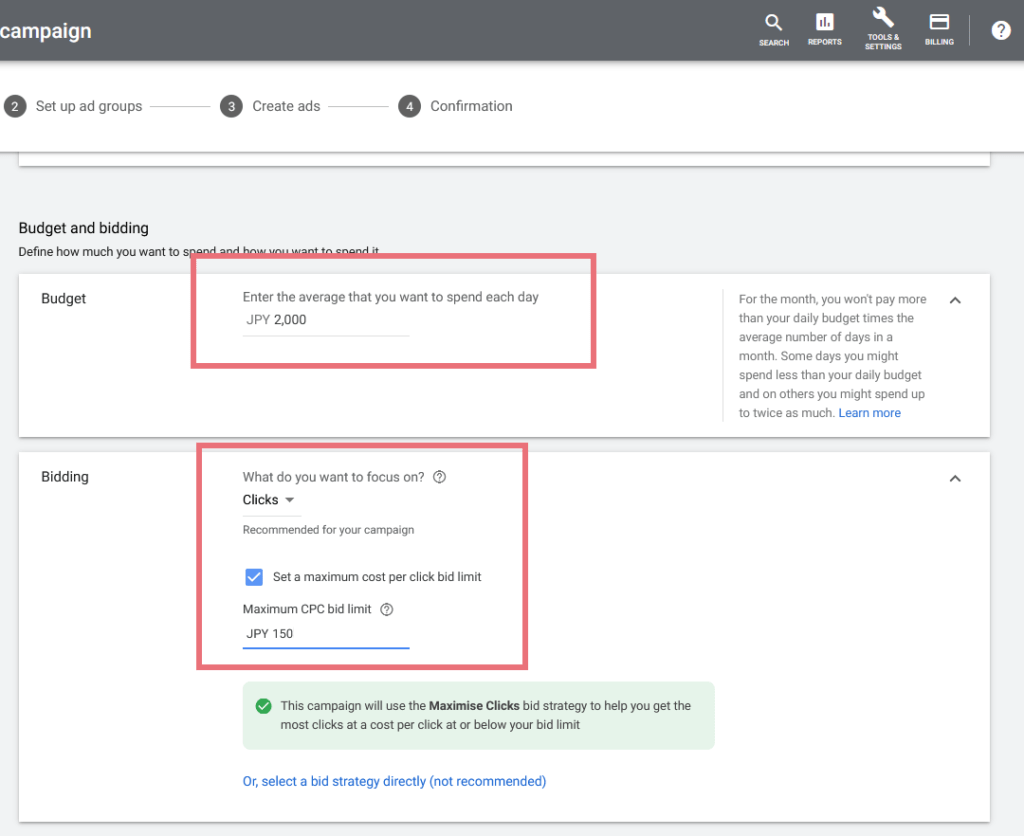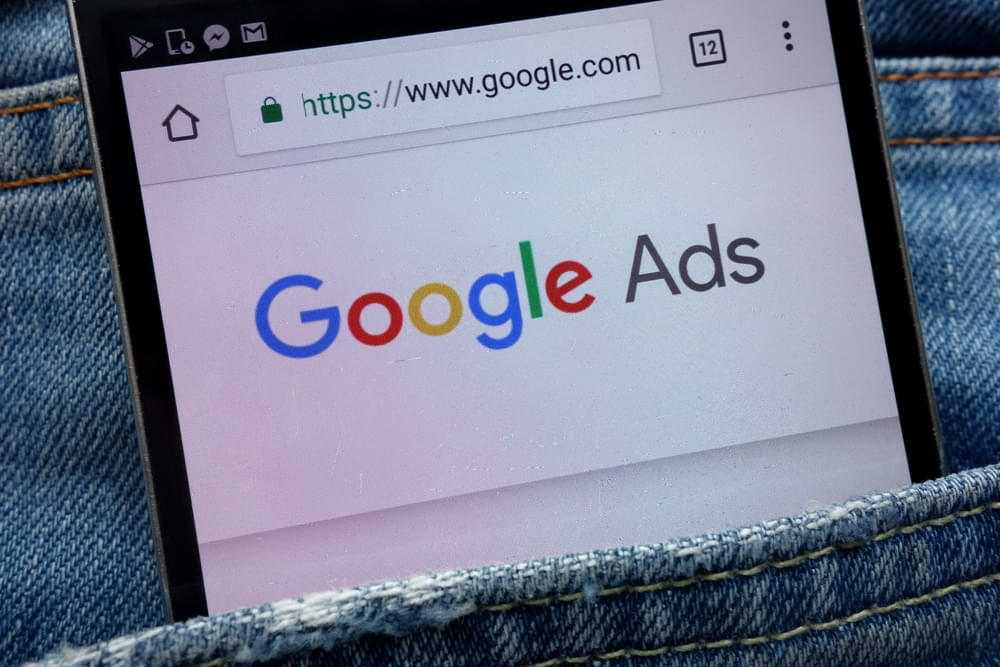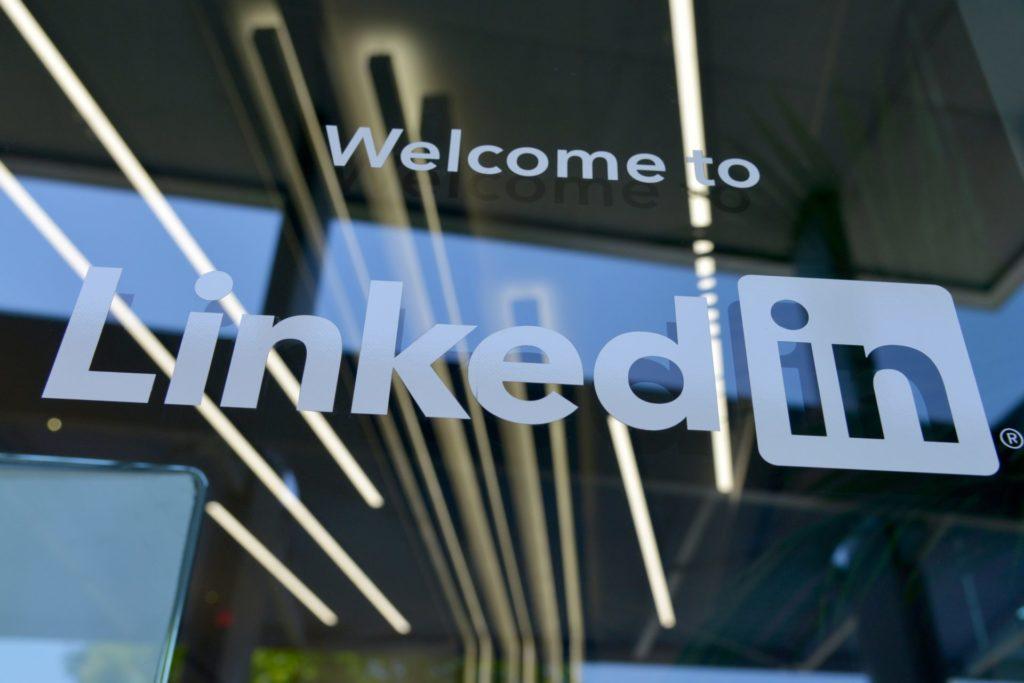One of the fastest ways of driving new students to your sales funnel is through pay-per-click (PPC) marketing. When done correctly, PPC marketing can be a highly effective way to find private ESL students, especially if you are targeting a narrow niche market.
Table of Contents
What is Pay-Per-Click Marketing?
Most people are familiar with how search engines work. When a user types a combination of “keywords” into their search engine, Google will return a list of websites which it thinks best matches that query.
However, Google also lists “paid” search links. These are usually at the top of the “organic” search results page, but sometimes at the bottom as well. Whenever a visitor clicks on one of them, the owner of the link (the advertiser) is charged a fee by Google. Hence, the term, “pay-per-click”. The official name for Google’s PPC program is “Google Ads” (formerly Adwords).
Advertising on Google Ads is a completely different ballgame to advertising on Facebook. Very few people go onto Facebook with the specific intent to buy something. For most of us, Facebook is a diversion. An environment to catch up on news, exchange ideas, photos and videos.
On the other hand, not many people habitually look for funny cat videos using Google search. The Google corporation has become a massive multi-billion dollar company all on the strength of one idea, that “search” equals “buying intent” for products and services. According to Investopedia, 68% of Google’s revenue comes from Ads.
Buying ads on Google is a lot more expensive than buying ads on Facebook. Advertisers are prepared to pay more on Google than Facebook for the simple reason that Google web traffic is more likely to convert to paying customers.
Please watch marketing expert Neil Patel explain about when to use Google Ads and when to use Facebook Ads.
Imagine for a moment that you owned a machine. When you feed a five dollar note in one end, a ten dollar note comes out the other. I don’t know about you, but if I had that kind of machine I would sit at home and feed that machine with five dollar bills all day long! Some advertisers have perfected their Google Ads campaigns to the point where they can reliably predict multiples of return on ad spend (ROAS) every time they run a campaign. The secret is in:
- doing the keyword research
- fine-tuning your ad copy
- optimizing your campaign landing pages
- knowing your ad conversion numbers
- managing your campaigns carefully
Keyword Research
Google Ads operates essentially like an auction. The things you are bidding for are “search keywords”. Your decision about which keywords to bid for will depend on two things:
- “demand” i.e. how many people are using those keywords in some shape or form within their search queries
- “competition” i.e. how many other advertisers are bidding for those same keywords (which means you’ll need a higher bid price)
To give an example, a keyword like “IELTS” is going to be high demand keyword because lots of people are using search terms that include that keyword e.g. “Where can I do an IELTS test”, “How do I apply to do IELTS”, “What is IELTS” etc.
A more specific keyword (actually a keyword phrase) might be “improve IELTS listening”. This kind of more focussed phrase could trigger a Google Ad for search terms like “How to improve IELTS listening score”, “tips to improve IELTS listening” etc. It might have less overall demand but it also might attract less competition. The ideal keyword phrase has a respectable amount of demand (search queries) but not a prohibitive amount of competition.
Let’s use another example for a language other than English. If I use the Japanese keyword “ビジネス英語” (Business English) in my search, the top FOUR results in my Search Engine Results Page (SERP) are all Google Ads. In addition, there are THREE more Google Ads at the bottom of the page. It’s clearly a competitive term. But if I use a more focused term “会計士英語” (Accountant English) there are no ads shown. That could be a niche opportunity for me to run ads with very little competition. On the other hand there might be low traffic for that keyword combination. This is where doing your keyword research becomes important.
Keyword research is a fairly big chunk of the setup time required for running a pay-per-click campaign. Please watch the following video where I show you my technique for doing keyword research, even if you don’t speak the target language. You can save a LOT of money by doing the initial keyword research yourself, rather than hiring somebody to do it for you.
Fine-tuning Your Ad Copy
Once you’ve established a list of keywords to “bid” for, the next step is to create some text ads that will show up at the top (or bottom) of the page when people search for your keywords. The text ads consist of three parts:
- headline(s)
- display URL
- description(s)

Headline
Your headlines will be the most noticeable part of your ads. Make sure you include important search terms somewhere in the headlines. This will increase your chances of ESL students clicking on your ad, and in turn help reduce your cost-per-click (CPC). Google rewards advertisers who create “clickable” ads because it helps their business model as well as yours. You can create three headlines of up to 30 characters each to promote your online ESL service. They will appear separated by a vertical pipe (“|”).
Display URL
This is the link to your website landing page. Usually it is shown in green. The display URL is designed to give people a sense of where they will be directed after they click on your ad. You have the option of adding a “path” which doesn’t necessarily need to match the real URL path. e.g. www.bobsenglish.com/free-trial-lesson
Description
Tell potential students more detail about your service and your offer in the description fields. It’s best to include a “call to action”, such as “Book your FREE trial lesson today”. Ad copy words that have been shown to prompt higher click-through rates are “FREE”, “NEW”, “RISK FREE”, “EXPERT”, “LIMITED TIME”.
When you are writing your ad copy to find private ESL students, ask yourself the question, “Would this sound appealing to my target audience?” Ask, “Does the offer make sense or does it just look like a bunch of spammy keywords?”
Remember that you only have a limited number of characters to use for each field of your ads, so use them wisely. When writing ads to find private ESL students in a language other than English, it would definitely pay you to hire somebody to help. You can find somebody experienced in “ad copy writing” on Upwork or Fiver to write multiple ads for less than $100.
You’ll want to create several ads rather than just one. The Google Ads algorithm will work out which of your text ads have the best conversion rate (for your budget) and show it according to the keyword searched. So by creating multiple ad versions, you help Google to help you.
| Google Ads Field Type | Max Length (characters) |
| Headline 1 | 30 characters |
| Headline 2 | 30 characters |
| Headline 3 | 30 characters |
| Description 1 | 90 characters |
| Description 2 | 90 characters |
| Path | 15 characters each |
When writing copy, it’s important to think about the experience your visitor is having from query, to ad copy, to landing page.
Unbounce – Global Marketing Agency
Optimizing Your Campaign Landing Pages
If you are running a Facebook campaign, chances are that the people clicking through your ads don’t have a high purchase intent. In that case it would be best to send them to an email squeeze page. You can offer some free educational content in return for an email address. These people can be “nurtured” with your newsletters until they are ready to become your students.
With a Google Ads campaign, there is a higher likelihood that your visitors are ready to become students right now. They are already at the bottom end of the sales funnel. They know what they need, and they are looking to pay for it. So in this case it might make more sense to send someone who clicks on your ads directly to your “Trial Lesson” landing page.
In order to maximize your chance of conversion, your landing page should follow all the optimization best practices I talked about in a previous post.
In addition, you can boost your conversion rates if you tie the ad copy on your landing page to the ad copy of your text ad. For example if your Google ad talks about “Aviation English Lessons for Pilots”, you would want your landing page to prominently mention “Aviation English Lessons for Pilots”. On the other hand, if you are running a parallel Google ad for Flight Attendants, you would want your landing page to prominently mention “Aviation English Lessons for Flight Attendants”. Matching your ad copy with your landing page copy is good for two reasons.
1) It increases your conversion rate. When visitors who arrive at your landing page can clearly see that they are in the right place, they are likely to stay and check out your offer. If they are confused, they are more likely to “bounce”.
2) It increases your Ad Quality Score. “Quality Score” is a Google metric that measures whether there is an alignment between:
- the keywords you are targeting
- the ad copy you are showing
- the content of the landing page
When all three of those things are aligned, you are more likely to get a good Ad Quality Score for each of your ads. Improving your Quality Score means that Google will charge you less per keyword in their auction algorithm. So matching your page text with your ad copy will save you money. There is a strong case for creating slightly different versions of the same landing page and matching these dedicated pages with the ads or ad groups each one supports.
Keep in mind that a landing page without enough information is just as bad as a landing page with too much. Think about the context of how visitors are arriving at the page. Are they clicking through from a newsletter email marketing link? If so, they probably already know a lot about your online teaching business. They probably don’t need to see as much information about you. On the other hand, visitors coming to you via Google Ads are mostly going to be “cold” traffic i.e. they don’t necessarily know anything about you. In this case it might be important to provide more information about yourself, your lessons and your previous students in order for them to covert.
Teacherpreneur Marketing
ACADEMY
FACEBOOK GROUP
Knowing Your Ad Conversion Numbers
A well-run Google Ads campaign has good information about what is working and what is not. So it’s essential to install Google Analytics for web page performance tracking. This will give you valuable information about how many visitors converted to customers plus other useful data such as the amount of time spent on each page, what kinds of devices people are using, the times of day visitors are arriving and lots more.
With analytics about your campaign you can keep an eye on:
- How many times your ads have been shown a.k.a. “ad impressions”.
- How many “clicks” you are getting.
- Your cost per click
- Your “click through rate” (CTR) i.e. clicks as a percentage of impressions
- Percentage of landing page visitors “convert” to students
Analytics will give you this level of detail for keywords, ads, ad groups (related ads) and landing page destinations. You can also learn more about the people clicking through on your ads such as age, gender and location. It’s always a wise idea to have a dedicated “Thank You” page where you can direct visitors after they complete a conversion action, like booking a trial lesson. It’s good for the customer experience but it also helps for tracking results.

Managing Your Campaigns Carefully
Google Ads can quickly turn into a money pit if you don’t set up sensible campaign parameters. You should actively manage your campaigns to get the best possible results for your ad expenditure and make sure you aren’t wasting money on non-performing ads or keyword terms.
First, you should calculate how much it is worth spending to acquire a new client. You should think about the “lifetime value” of a new student. How much are you going to charge per lesson? How many lessons are they likely to take with you over the long term? How many other students are they likely to refer you to? What other ESL products or services are they likely to buy from you? All of these will help you to determine whether it’s worth spending $50 or $300 to acquire each new student.
Once you have decided your acquisition cost per student you can start to calculate your maximum pay-per-click value by putting in some key variables. See the calculator below:
Google PPC Calculator
Calculates your maximum CPC break even point.
At first, you will need to make some educated guesses about how many clicks become “leads” (e.g. trial lessons) and how many of those leads then convert into paying students. But you can always come back and adjust your strategy when you have more concrete data. A reasonable rule of thumb to start with is perhaps “5% clicks become leads” and “35% of leads become students”.
Whatever those numbers convert to will be your maximum bid price per keyword. When you first create your campaign you will have an opportunity to set up your maximum ad expenditure per day and your maximum bid per click. That will ensure that you don’t blow the budget on non performing keywords.

When you are starting a new campaign, it’s a good idea to set this number reasonably low. This will give you time to start seeing feedback on how your ads are running. You can always increase it later. You can also increase or decrease your “bids” depending on the location, the device used (mobile or desktop) and the demographics of users. It’s possible to adjust the bidding for individual keywords and ads or ad groups.
If you are trying to find ESL students in a particular geographic market then you will definitely want to limit your ads so they only show to people in those places. For example, if your target niche is “English for Finance Professionals in the EU” it wouldn’t make much sense to show those ads to people living in Thailand. You’ll get better results for your budget when you narrow the field of who sees your ads so that it closely aligns with your target demographic.
Most of the routine time that you spend on managing your campaign will be with analyzing keyword performance. The Google Ads platform will show you what keyword search terms people are using to trigger your ads. When you create your keyword lists there are five types of keyword matching strategies to be aware of:
- Broad Match (max reach, min relevance)
- Modified Broad Match (slightly lower reach, greater relevance)
- Negative Match (usually used to increase the relevance of the website visitors)
- Phrase Match (medium reach, medium relevance)
- Exact Match (min reach, max relevance)
Please watch the video below from digital marketing expert, Benjamin Mangol as he goes into more depth about the different keyword matching strategies available.
It’s sometimes a good idea to use Broad Match or Modified Broad Match for a short period of time on a limited budget at the beginning of the campaign. This will give you ideas about related keywords that you might not have considered when doing your keyword research.
Let’s consider an example. Suppose I am trying to find private ESL students who want to take lessons with me in the niche of Medical English.
A Broad Match for the keyword terms : “Medical English” might trigger my text ads if somebody searches for “Medical English”, “English for doctors”, “English vocabulary for medical professionals”. But it might also show your ads for “English speaking doctors near me”, which is irrelevant for our purposes.
Modified Broad Match works by adding a plus sign before the required word(s) in the search term e.g. “+medical +English”. It will only show ads when the search terms include at least one of the words.
Negative Match is useful, especially with Broad Match and Modified Broad Match as a way of excluding search terms that contain words which we know are irrelevant. For example if I see my ads being generated for the term “The English Patient” I would want to include “The English Patient” as a Negative Match term, because people using that term are probably searching for the movie of the same name. These people won’t be interested in my teaching services.
Once you know what search terms are useful to target, it’s best to switch to Phrase Match keyword targeting. This is especially the case if you are on a limited budget as it helps ensure that your ads are only being shown to people with strong buying intent. For example the Phrase Match “Medical English” would trigger for anyone searching “Medical English lessons” and “tips for improving Medical English” but NOT “English companies in medical industry”.
Exact Match is the most restrictive i.e. it only shows ads to people searching for the term “medical English”. Potentially this could give the most well qualified traffic but you might also be missing out on closely related search terms that you would otherwise catch with Phrase Match targeting.
Conclusion
If you are interested in how to find private ESL students for a very narrow and well defined teaching niche, Google Ads could be the perfect solution. Pay-per-click search engine marketing has the advantage of only showing your ads to people who already have buying intent. Also, as the name suggests, you only pay money when somebody actually clicks on your ads.
Google Ads is a strategy that requires the support of dedicated landing pages in order to maximize your visitor conversion numbers and optimize your Ads Quality Score.
When properly targeted, set up correctly and carefully monitored, Google PPC marketing can deliver many multiples of return on your advertising expenditure.
The author of this post lives in Japan with his wife and family. He has taught English part-time (online and off) for more than a decade. He is passionate about WordPress consulting, online marketing and using the power of the internet to help people achieve their dreams.
He thinks that until you’ve tried sashimi tuna with wasabi, soy sauce, hot sake and a cold beer chaser, you just haven’t lived.


